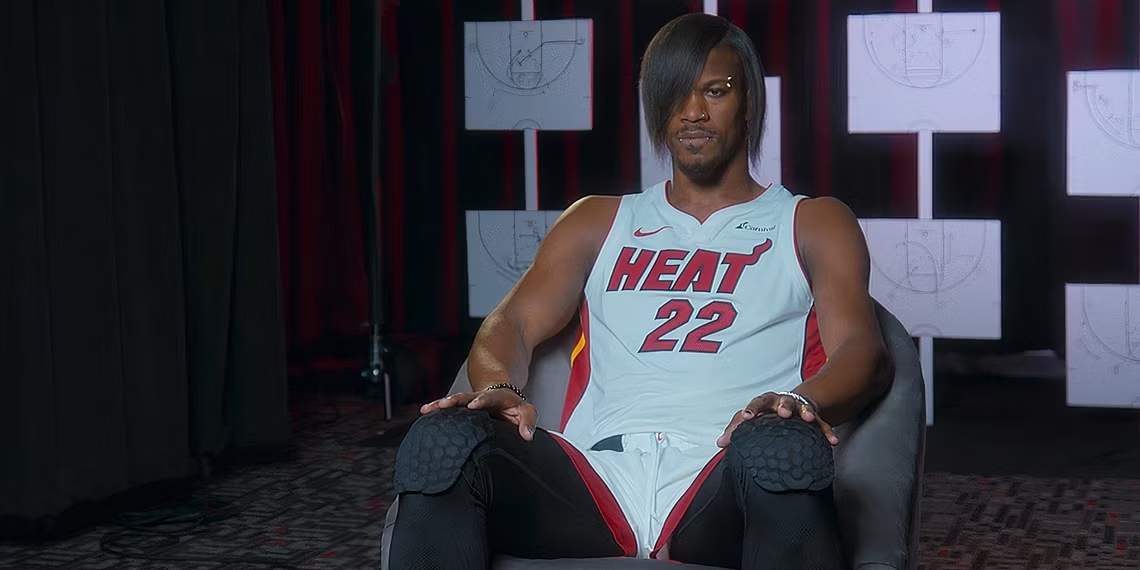Jimmy Butler, who led the Miami Heat to the Finals twice, was suspended from the team in December for requesting a trade. As the trade season starts and players gain contractual flexibility, it is natural for them to negotiate, but the unprecedented hostility between the parties has notably increased. Athletes are becoming increasingly open about personal conflicts with franchisees, and the media coverage is only adding fuel to the fire with countless conjectures.
Simply put, trades in sports leagues are negotiations between teams, usually involving both the general manager and the team owner. Trade deals include a variety of assets, including players, cash for financial compensation, and future draft picks. While trades can be a simple player-for-player exchange, others are more complex, involving multiple players and even conditional assets. Although trade systems vary slightly by sport and league, they share these fundamental principles.
Trade requests from players could come from various sources, one of the largest being championship contention. Even the best players require a capable team to support them and cover for injuries and losses. Star players look for teams with a fair chance of winning a title, while teams seek role players who can strengthen their roster for better results in tournaments and competitions.
An example of this is the dispute between Jimmy Butler and the Miami Heat. Butler’s request for a trade out of the franchise is likely due to the risky championship contention the Miami Heat faces in the 2024-’25 season. His preferred destinations include teams like the Dallas Mavericks and the Golden State Warriors, clearly showing his desire to join teams with solid players such as Stephen Curry and Kyrie Irving, who can enhance his chances of winning the championship.
Trade requests also indicate individual players’ conflicts or organizational issues with their franchises. WNBA Seattle Storm guard Jewell Loyd requested a trade after filing a harassment complaint against the team in December. Although internal investigations resulted in no findings regarding violence and harassment, these cases clarify that teams are limited in their approaches to trade requests. Disinterest shown by players not only damages team dynamics but also easily harms the team’s reputation and public image.
Basketball is not the only sport with heightened tension around trade requests. These trade requests are becoming increasingly common in other sports as well. In football, for example, the New York Jets defensive end Haason Reddick’s trade request resulted in a harsh verbal altercation in late 2024. The Jets responded sharply, declaring no intention of satisfying Reddick’s demands. Reddick’s dissatisfaction with his contract led to his absence from 21 days of training, with each absent day incurring a mandatory $50,000 fine.
One of the infamous trade requests occurred between James Harden, the guard for the LA Clippers, and the Philadelphia 76ers. Before the 2023-’24 NBA season, Harden had already requested a trade three times to the 76ers, showing discontent with the franchise. During his visit to China in the summer of 2023, he voiced his displeasure with the 76ers’ president, Daryl Morey. Harden accused Morey of being a ‘liar,’ and his relationship with the team was beyond repair.
Extreme cases such as Harden’s are not unheard of but rarely occur. The recent rise of hostile trade demands has sparked debates among fans and critics about covert changes that may have gone unnoticed by the public eye.
Several factors may play into the bold decisions made by these players, including the influence of social media. These platforms allow players to publicly express dissatisfaction which could easily damage the public images of franchises. This gives players power and the ability to act with more risk during trade negotiations. With players like LeBron James and Kevin Durant popularizing bold team decisions, it is shifting the trading culture in the sports leagues even outside of the NBA.
The media will continue speculating, trying to uncover the ulterior motives behind every player’s move, dramatizing negotiations and disagreements. These intense and complex trades add to the excitement sports bring. New team dynamics and playstyles will produce unpredictable and exhilarating games.


